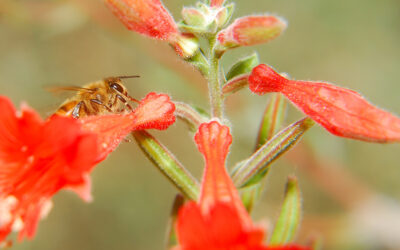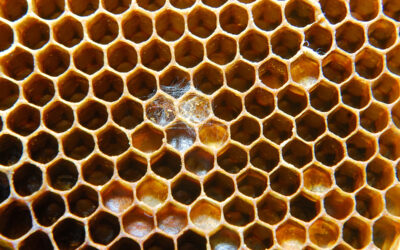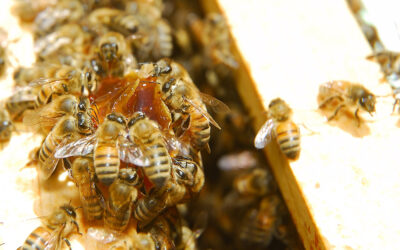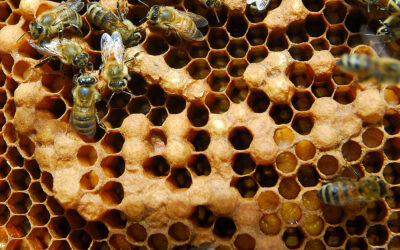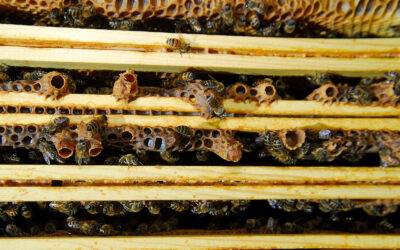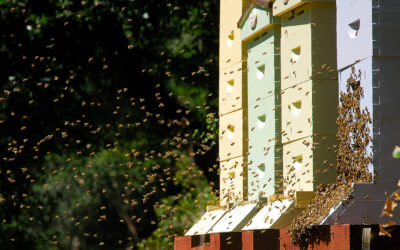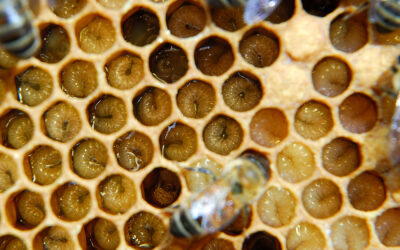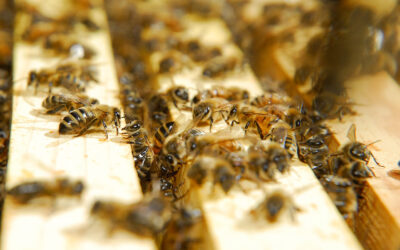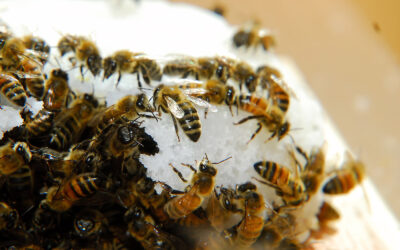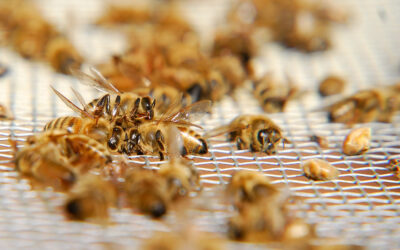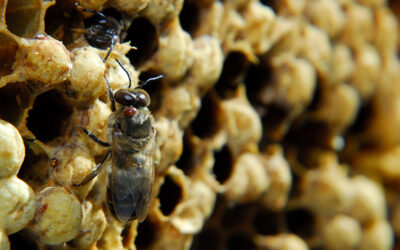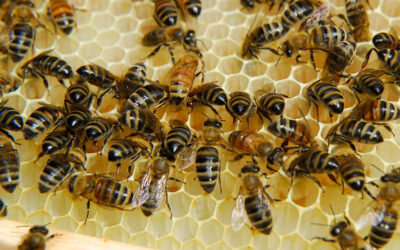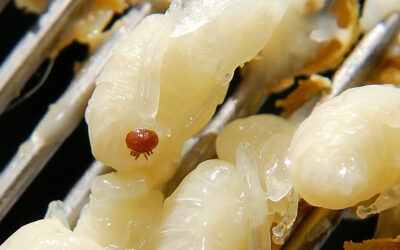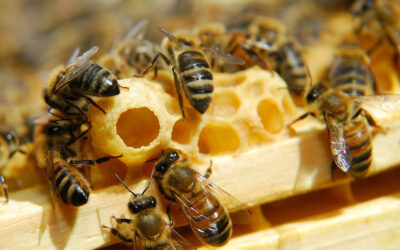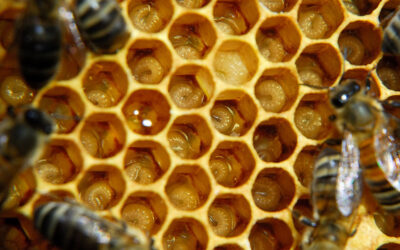Honey Bees
“The keeping of bees is like the direction of sunbeams.”
―
Bad Bee-havior: The Nectar Robbers
As mentioned in this post, during late summer and fall in this area there is a relative dearth of nectar available for our honeybees, as they depend heavily on native forage. One of the best native nectar sources this time of year for honey bees is Coyote Brush...
Of Drought, Dearth, & Drones
Last fall, and early winter, we experienced some significant rainfall events. One large storm after another sent water racing down our slopes, and off into the creeks. By December we were genuinely concerned that if that pattern persisted we’d slide into the creeks by...
Beeswax: Solar Wax Melter
One of the byproducts of harvesting honey is beeswax. A couple of weeks ago we took the last of our honey for the season from our hives. Although most of the frames will be reused for another year, a couple of frames were damaged during the extraction, and we also...
A Late Summer Honey Harvest
Although we primarily keep bees for pollination, we’d be lying if we didn’t admit that at some point we also hoped to harvest at least some honey. Last year, as the colonies were building up, we left the honey stores with the bees. We’ve had a smackeral or two of...
Hive Management: Salvaging a Hive with a Failed Queen
Last year our Salvia hive, sourced from a feral swarm that landed in a neighbor's plum tree, was the most populous, and robust hive in our apiary. This colony was doing so well that we split the hive in February to replace one of the colonies we'd lost over winter...
Inside the Hives After the Swarm
Last week two of the hives in our apiary swarmed. The Lavender colony swarmed on Sunday afternoon, followed 24 hours later by the Salvia colony. Both hives had been split this spring prior to the swarms, Lavender was split as recently as two weeks ago, but after...
Can You Hear That Buzzing Sound?
I said that twice this weekend. Saturday morning we started working on the new native garden in front of the house. A little after noon, as we were struggling to wrestle the fountain rock into position, I suddenly heard a distinctly loud buzzing sound. Then I...
Splitting the Lavender Hive, and Rechecking Rosemary
Last Friday we spent the afternoon working in the apiary. At the end of February we had split the Salvia colony into our (then empty) Rosemary hive. As a month had since passed, we expected we should see evidence of a new Queen by now, so we needed to see how this...
Hive Management: Splitting the Salvia Hive
It is difficult to believe that we're already embarking on our second year of beekeeping! Despite struggling with Varroa mites last fall, and losing two weaker colonies in our apiary over fall and winter, one to robbers, and the other to a Queen that abdicated, the...
Rosemary Hive: A Queen Abdicates Her Throne
Sometimes, beekeeping doesn't go according to the beekeeper's plan. Bees are dynamic creatures, with free will, and sometimes, despite all the preparations, reading, attending guild meetings, and talking to beekeepers who are vastly more experienced than ourselves,...
Hive Management: Feeding The Bees in Fall
The ability of bees to obtain and store food is a function of weather, resource availability, and colony size. The question is, if feral colonies can store enough food without a beekeeper ever feeding them, why do beekeepers feed bees? Well, part of the answer is...
The Collapse of the Chamomile Hive
It's a little early for a Hallowe'en tale, but yesterday we made a rather grisly discovery in the apiary. After only 5 months, the Chamomile colony, despite our efforts to help, is completely dead. If we weren't paying attention to our hives, we might have been...
Hive Management: Increasing Mite Levels Post-Treatment
Beekeepers in this area have been telling us for some time that this has been a very bad year for Varroa mites. By late summer we knew that one of our hives had an escalating Varroa mite problem, which we outlined in our last post. The other three hives in the...
Hive Management: Treating Mites, & Thwarting Robbers
In a previous post we reported that we'd uncovered a tremendous Varroa mite infestation in the largest of our bee hives, the Salvia hive. It was clear this colony was in jeopardy. Treating Mites There was some evidence of hygienic behavior in these bees, as they were...
Varroa Management: Drone Brood Sampling & Removal
In our last bee post we noted that despite the outward appearance of our large swarm colony hive, which seemed to be thriving, that the colony in fact was coping with a significant, and potentially deadly infestation of Varroa mites. Even though the hive currently...
Hive Health: Varroa Monitoring
It's no secret that honey bee populations have been struggling to survive in recent years. Hypotheses abound in regards to the causes of honey bee decline, and it's likely that no single factor will prove to be responsible, but it's clear that the presence of Varroa...
Hive Inspection: Calm Bees, and Queen Cups
The weather this spring has been a little off, and less than ideal for bees. The temperatures have been below normal, days often overcast, breezy, and late season rains have thrown hives all over northern California for a loop in recent weeks. We attended an all day...
Hive Inspection: Grumpy Bees, and Drifting Populations
We swore we wouldn't inspect the hives all at once again, but after a temperament shift in the apiary this weekend we felt compelled to see what was going on with the bees. On Saturday Mr. Curbstone was on the receiving end of some rather agitated guard bees. With...

